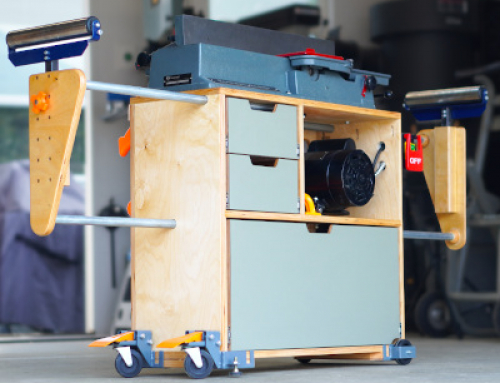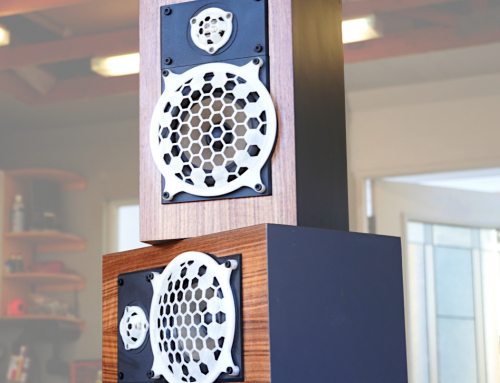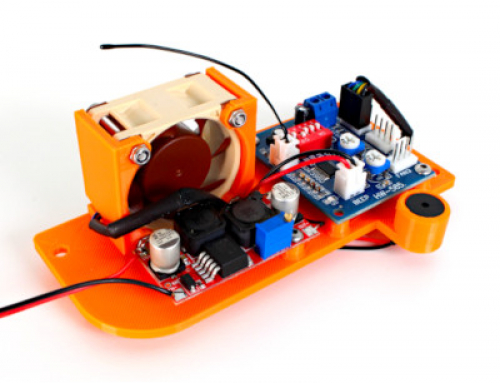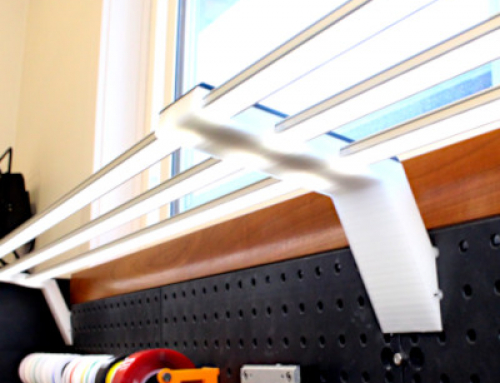Entrancways are the first thing you see when you enter a house, let’s make it awesome right? This build is a tad long but there is a lot to cover. This guide covers building a modern entranceway bench starting with demolition through to the final product. This type of bench could be reworked to back up against a wall with little to no modification.
The wood used here is Acacia, which is readily available from many of the big box retailers now. The slabs I used were found on sale at half price! $137.00 CDN. This was likely because they were so badly warped which required extra time (and tooling) to resurface them back to being flat. The way the white trim butts up against the wood, any variations in the surface of the slab will be pronounced.
Let’s Get into it!
The project kicks of by demolishing the old entranceway bench which consisted of a large irrigation pipe, some drywall, and 2×4 framing.
With the old crap out of the way, we can assemble the new framing. This is all cut from standard, inexpensive 2×4 construction lumber.
Flush trim installation is when the bottom trim does not stick out past the drywall. To achieve this, we need to rest the drywall on a spacer which has been cut to the same height as the trim we will be installing later. The remaining drywall went up quick as it is a small area, and metal edging was applied everywhere.
Crown mould was installed to tie it in with the rest of the room before applying 3 coats of mud which was sanded with 220 grit sand paper. The drywall was then primed with Zinsser BIN primer and coated with two coats of grey eggshell latex paint.
The Acacia wood slabs were cut to size using a Dewalt track saw before being resurfaced with a router sled and a large 2-1/4″ surfacing router bit.
Track saws are amazing tools which allow one person to safely cut down large slabs and sheets good by themselves. An excellent guide on all the current track saws on the market can be found HERE.
There were two places in the slabs which had splits, I used butterfly/dovetail key/dutchman/Nakashima joints to further prevent them from splitting while adding a nice decorative detail.
Epoxy from System Three Resins was tinted with dark Walnut TransTint and applied to all knots and cracks, including the butterfly joints. The edges of the slabs (excluding the base piece) where beveled at 5 degrees on the table saw. The top surfaces of the slabs were then sanded using 80 -> 150 -> 220 grit sand paper while the bottom of the pieces where left rough after an 80 grit sanding. The top edges of the slabs were given a 1/4″ round over using the router to avoid sharp edges to the back of the knee when sitting down.
The First layer of MDF trim is cut and walnut edging is applied to both edges. The face of these boards will not been seen in the final product. This trim is what spaces the white trim from the drywall and gives the “floating frame” look. This trim is mounted with PL construction adhesive and a staple gun.
The final layer of MDF trim can now be cut providing for any electrical boxes which might stick around. All of the edges where beveled using a 45 degrees router bit. All the mounting holes and coat hanger hooks were pre-drilled. It’s important to pre-drill MDF with a drill bit the size of screw shank, this will make it less likely to strip during installation.
Lots of hard work but it turned out really great! please feel free to leave any questions or comments and I will do my best to get back to you. Happy building!
























































Leave A Comment